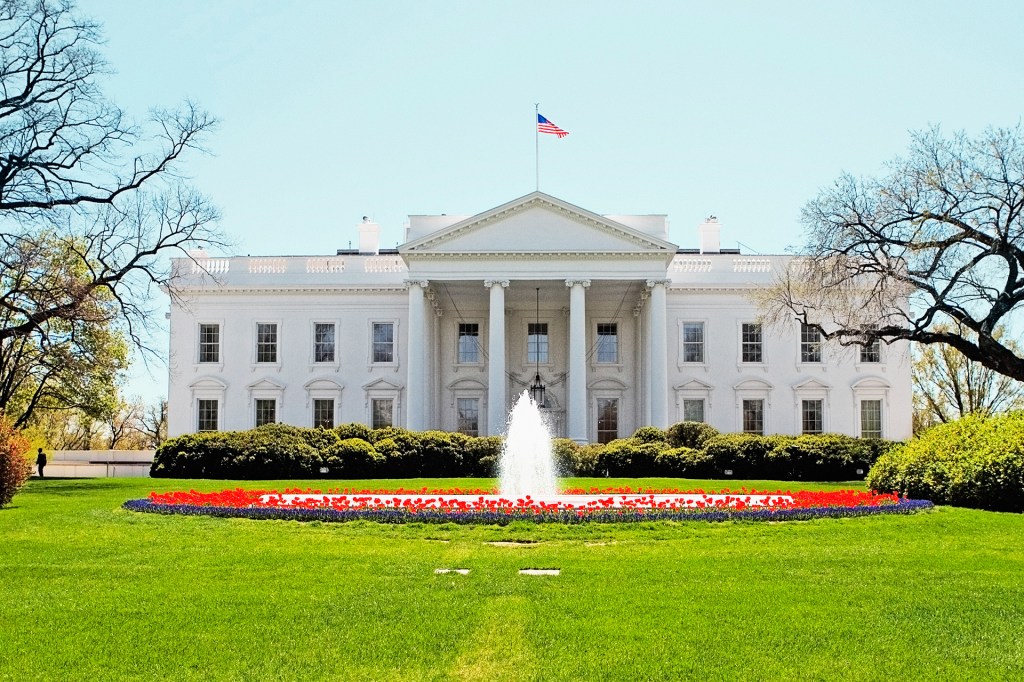Where the Buffalo Roam
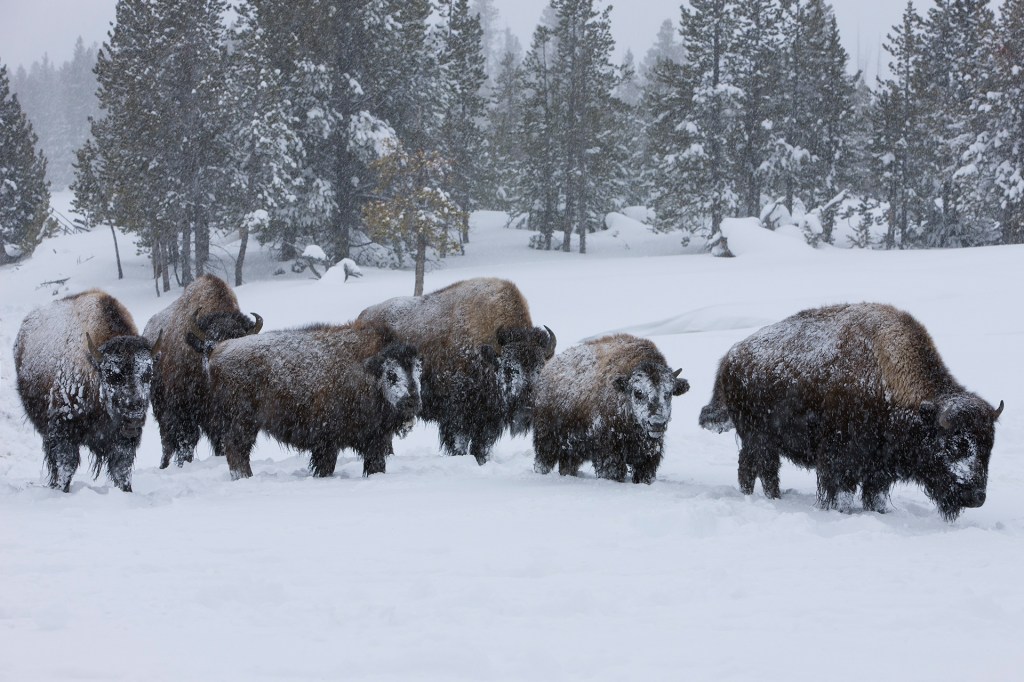
The North American bison is now the official national mammal. What does the honor mean for the animal’s long-term survival?
For 234 years, the bald eagle has been the U.S. national animal. But in May, President Barack Obama signed a law naming the bison the national mammal. Since then, the eagle has had to share the symbolic spotlight.
The North American bison is also called the buffalo. It has long been a symbol of the West. At one time, tens of millions of bison roamed in North America. The animals played an important role in the ecosystem
ecosystem
 PETER BEAVIS—GETTY IMAGES
a community of living things in a habitat
(noun)
Visitors to the aquarium got to see an underwater ecosystem.
of the grasslands where they grazed
graze
PETER BEAVIS—GETTY IMAGES
a community of living things in a habitat
(noun)
Visitors to the aquarium got to see an underwater ecosystem.
of the grasslands where they grazed
graze
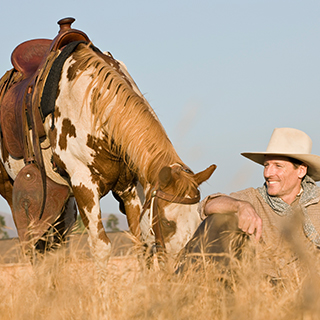 ADAM BURN—GETTY IMAGES
to feed on grass in a field
(verb)
The cowboy stopped to let his horse graze during their journey.
. And for Native American communities, bison were a source of food, clothing, and shelter. “Bison were at the very heart of our traditional way of life,” Germaine White told TFK. She is an education specialist for the Confederated Salish and Kootenai Tribes, in Montana.
ADAM BURN—GETTY IMAGES
to feed on grass in a field
(verb)
The cowboy stopped to let his horse graze during their journey.
. And for Native American communities, bison were a source of food, clothing, and shelter. “Bison were at the very heart of our traditional way of life,” Germaine White told TFK. She is an education specialist for the Confederated Salish and Kootenai Tribes, in Montana.
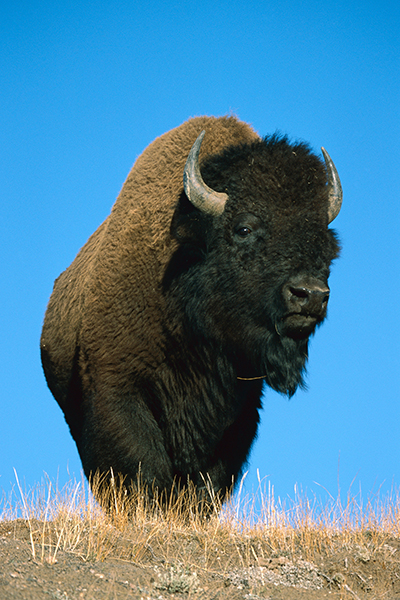
The bison is the largest land animal in North America. It can weigh more than a ton.
INGO ARNDT—MINDEN PICTURESAt one time, tens of millions of bison roamed in North America. The animals played an important role in the ecosystem of the grasslands where they grazed. They had an impact on the vegetation and on other animals.
For Native American communities, bison were a source of food, clothing, and shelter. “Bison were at the very heart of our traditional way of life,” Germaine White told TFK. She is an education specialist for the Confederated Salish and Kootenai Tribes, in Montana.
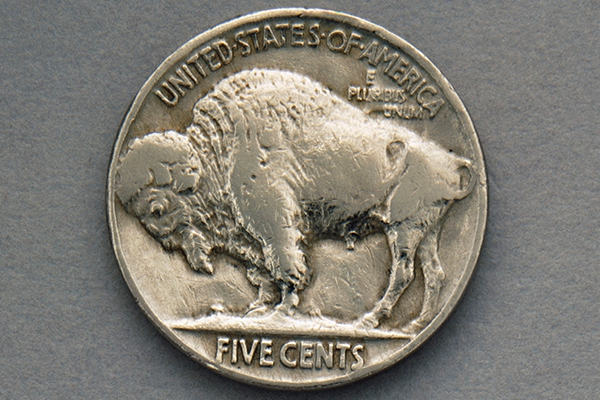
Back from the Edge
That way of life changed in the mid-1800s. Settlers began to travel west. They hunted bison. Some hunted for the same reasons as Native Americans did. But others killed bison for sport.
In 1894, it became illegal to kill bison. But it was almost too late. By the early 1900s, fewer than 1,000 wild bison remained on the plains.

A bison’s long, shaggy coat and thick skin protect it from the snow and cold.
JEFF VANUGA—MINDEN PICTURESConservationists realized the animals needed to be saved. President Theodore Roosevelt, William Hornaday—the first director of the Bronx Zoo, in New York City—and others started the American Bison Society. The group aimed to bring back the bison. Native American tribes and private citizens joined the fight. By the mid-1930s, bison were no longer in danger of extinction.
“The bison is America’s first real conservation success story,” says Pat Thomas. He is vice president of the Wildlife Conservation Society and associate director of the Bronx Zoo.
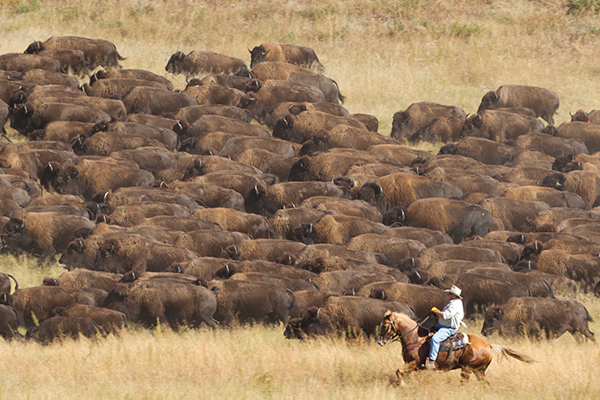
Herds are constantly on the move, grazing. Bison eat even while moving.
CHARLIE SUMMERS—MINDEN PICTURESToday, there are about 500,000 North American bison. They live in all 50 states. But most of them do not live in the sort of wild herds that used to roam the country. Instead, they live on ranches or protected lands. Some can be seen in zoos. Efforts are under way to return more bison to the wild.
Thomas says that naming the bison the national mammal was an important step in making sure the animal is protected for future generations. White agrees. “This recognition is beginning to complete the circle,” she says.






